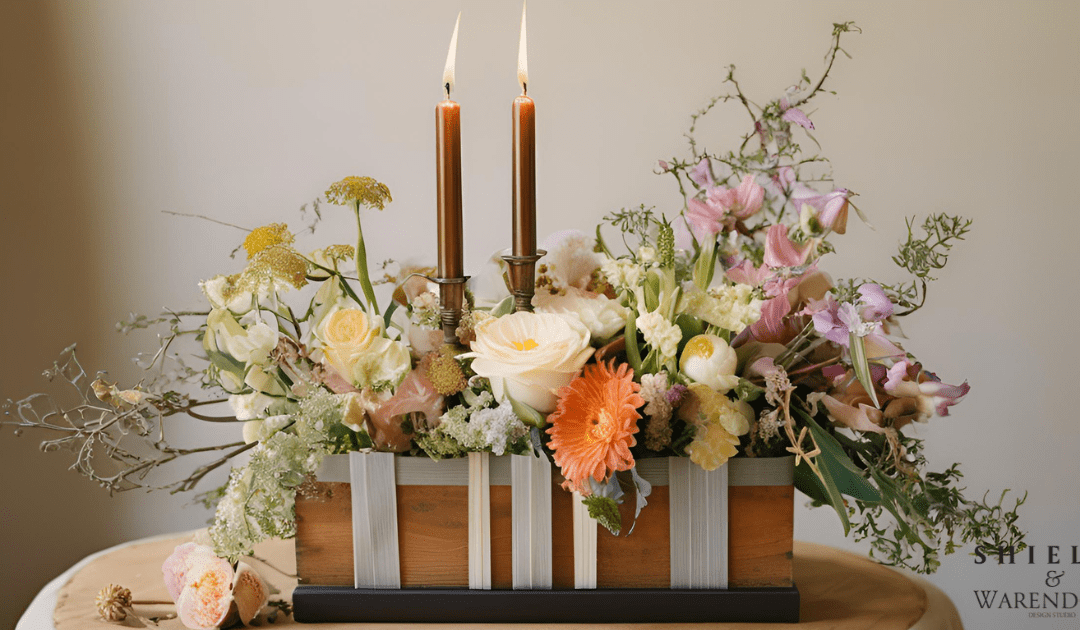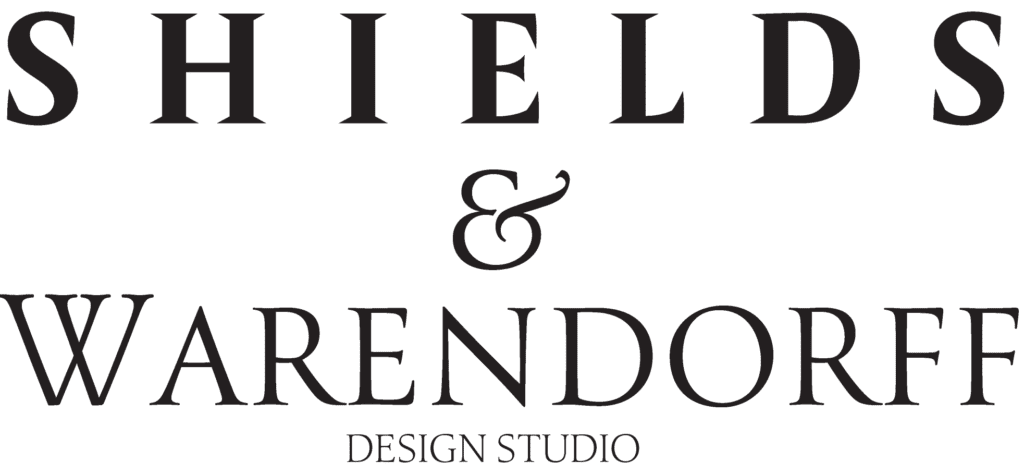Floral arrangements have long been a staple in event decor, adding beauty, color, and fragrance to any space. However, in recent years, there’s been a shift towards adding unique and unexpected elements to these arrangements, transforming them from traditional displays into modern, creative expressions. By incorporating non-floral materials, florists can push the boundaries of design, creating arrangements that tell a story, evoke emotions, or reflect personal styles.
In this blog, we’ll explore how non-floral elements can elevate your flower arrangements, offering a fresh perspective on floristry and event design.
1. Why Incorporate Non-Floral Elements?
The inclusion of non-floral elements allows florists to break away from the conventional and explore new creative possibilities. Whether it’s for a wedding, corporate event, or home decor, adding unique materials like fruits, fabric, wood, or even metal can bring texture, depth, and personality to arrangements.
Non-floral accents also offer a way to personalize arrangements for clients. For example, a couple may want to include objects that represent their hobbies or relationship, such as vintage trinkets, travel souvenirs, or heirloom jewelry.
This approach not only creates visually stunning designs but also helps florists stay on top of current trends, making their work more relevant in an industry that’s always evolving.
2. Fruits and Vegetables: Adding Color and Texture
One of the most popular trends in modern floristry is the use of fruits and vegetables in arrangements. Incorporating fresh produce adds both color and texture, making the arrangement more visually dynamic and engaging.
For example:
- Citrus fruits like lemons, oranges, and grapefruits add bright, vibrant colors and are perfect for summer events or rustic outdoor weddings.
- Pomegranates and figs bring a rich, deep tone to the arrangement, ideal for fall-themed events.
- Artichokes and kale can introduce unexpected textures, giving arrangements a fresh, organic feel.
Using fruits and vegetables also ties in with the trend towards sustainability, as they can often be sourced locally and used in a way that minimizes waste. After the event, these elements can be repurposed, eaten, or composted.
3. Natural Materials: Wood, Stones, and Shells
Bringing elements from nature into flower arrangements is another growing trend. Wood, stones, and shells can be used to create a rustic or earthy vibe, adding a grounding element to an otherwise delicate display of flowers.
- Wooden branches and bark can be used to build structures for arrangements, adding height and natural texture. For outdoor or forest-themed events, these materials blend seamlessly into the environment.
- Stones and pebbles can be layered at the base of vases or scattered around arrangements to add weight and contrast, giving a sense of balance and permanence to the design.
- Seashells work beautifully for beach weddings or nautical-themed events, adding a subtle sheen and a touch of the sea.
Incorporating these elements also ties into the broader trend of biophilic design, where nature-inspired decor is used to create a calming and connected atmosphere.
4. Metal Accents: Adding Shine and Structure
Metal is increasingly being incorporated into floral designs, adding a modern and industrial touch to arrangements. Metallic accents can range from delicate wire structures to bold statement pieces that create a striking contrast with the softness of flowers.
- Copper and gold wire can be twisted into intricate shapes to form part of the arrangement, adding both structure and shine. These metals are particularly popular for modern, minimalist arrangements.
- Metal vases or containers provide a sleek, contemporary base for floral arrangements, particularly in urban or industrial-themed events.
- Geometric metal shapes can be suspended above arrangements or intertwined within them, adding a modern architectural element that enhances the overall design.
The use of metal creates an eye-catching contrast with the natural, organic qualities of flowers, making the arrangement feel fresh and innovative.
5. Fabric and Ribbons: Softness and Movement
Fabric and ribbons are often overlooked but can add a sense of movement and softness to floral arrangements. The texture and color of fabric can create visual layers and add dimension to bouquets, centerpieces, and installations.
- Silk and organza ribbons are timeless and elegant, perfect for adding a romantic touch to bridal bouquets or draping around centerpieces.
- Linen or burlap fabric is ideal for rustic or vintage-inspired weddings, giving a more earthy and textured feel.
- For bold, modern events, florists can experiment with fabrics in unexpected materials like velvet or sequins to add a touch of glamour and sophistication.
Fabric can also be used to personalize arrangements. For instance, incorporating a piece of fabric from a family heirloom or the bride’s dress can add a meaningful, sentimental touch to the design.
6. Candles and Lanterns: Creating Ambiance
While candles are traditionally used to create ambiance at events, they can also be incorporated directly into floral arrangements. Combining flowers with candles and lanterns creates a soft, romantic glow that enhances the overall aesthetic of the arrangement.
- Floating candles can be added to arrangements that feature water elements, creating a serene and elegant atmosphere.
- Lanterns surrounded by lush greenery or delicate flowers create a cozy, intimate setting, perfect for evening events.
- Taper candles can be integrated into long table arrangements, bringing height and a sense of occasion to the display.
Candles not only add warmth and light but also create a multi-sensory experience by combining the visual beauty of flowers with the gentle flicker of candlelight.
7. Repurposed Objects: Adding a Personal Touch
Incorporating repurposed or upcycled objects into floral designs is a great way to make the arrangements unique and environmentally friendly. For instance, using vintage tea cups, old picture frames, or antique jewelry can add a touch of nostalgia or personal history to the arrangement.
Repurposed objects not only add character but also help reduce waste, aligning with the growing demand for sustainable event decor. These objects can be sourced from thrift stores, family collections, or even the couple’s own home, creating a truly personalized experience.
Conclusion
Incorporating non-floral elements into flower arrangements opens up a world of creative possibilities, allowing florists to craft designs that go beyond traditional bouquets and centerpieces. From fruits and vegetables to metal, fabric, and repurposed objects, these materials add texture, depth, and personality to floral designs, making them stand out and tell a unique story. At Shields & Warendorff, we believe in pushing the boundaries of floristry, creating arrangements that are as unexpected as they are beautiful. Whether you’re planning a wedding, corporate event, or special celebration, consider adding these non-floral elements to your next arrangement for a truly unforgettable design.
Written By DapraLab


